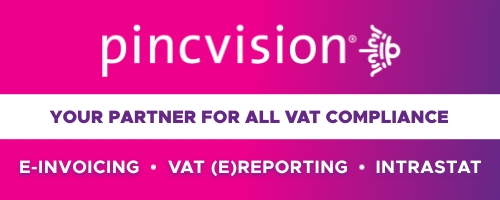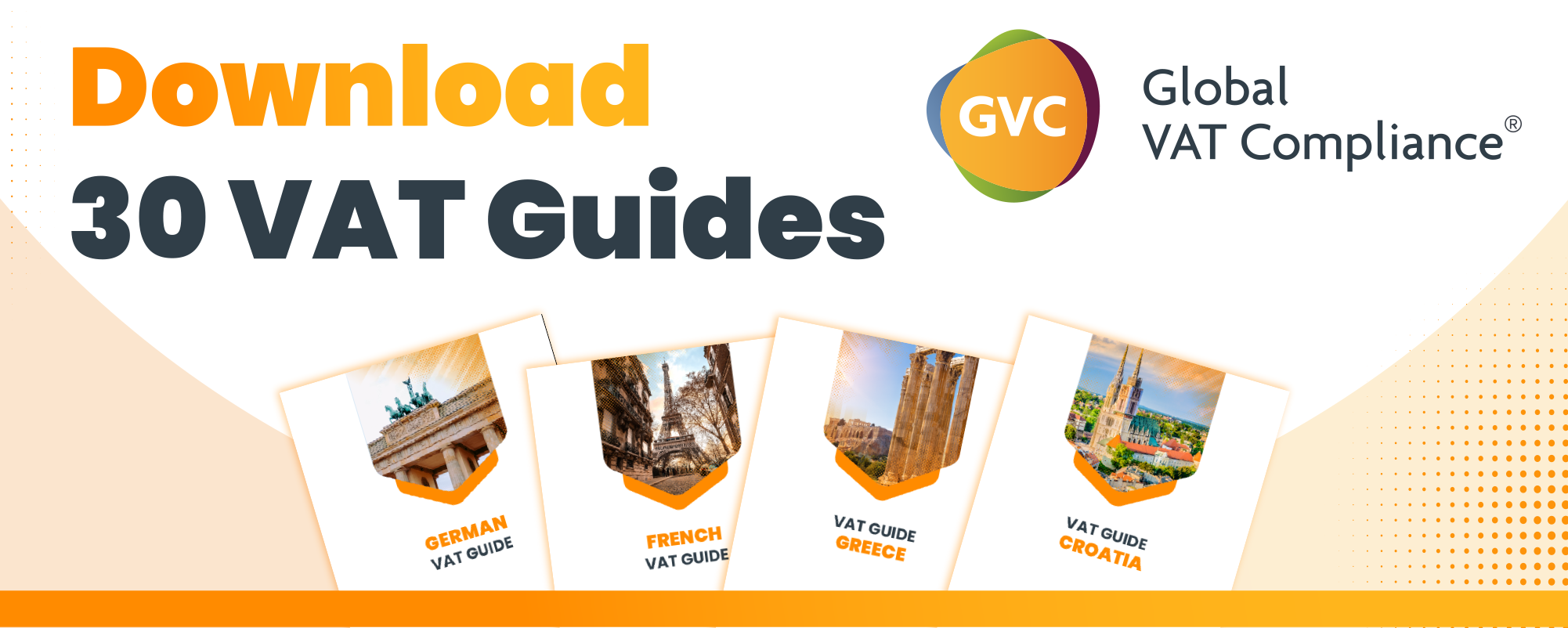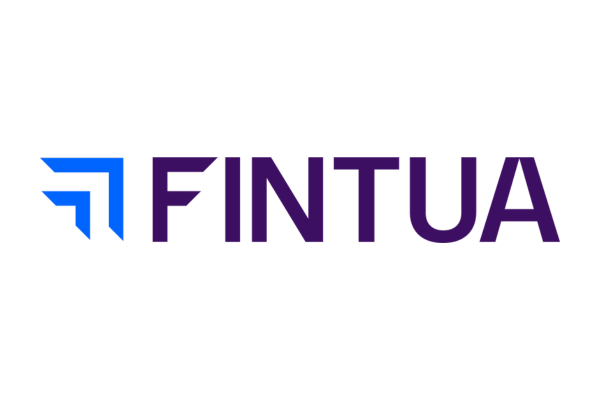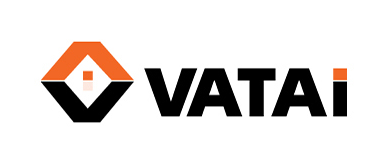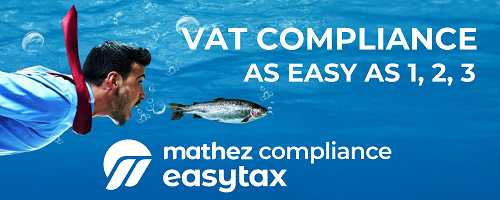Introduction
A VAT domestic reverse charge (DRC) on valuable metal was introduced in the Regulation published in Government Gazette 46512 on 8 June 2022, see Regulations on domestic reverse charge relating to valuable metal, issued in terms of section 74(2) of the Value-Added Tax Act, 1991 (Act 89 of 1991), Notice 2140. The DRC Regulations came into effect on 1 July 2022. For a comprehensive understanding of these Regulations, see the Explanatory Memorandum and Media Statement.
What is it?
The DRC Regulations prescribe which supplies of valuable metals, as defined, are subject to the DRC method and the related administrative provisions. This method only applies where the supplier and the recipient of the valuable metal are registered VAT vendors. The DRC Regulations are an anti-avoidance measure designed to counter criminal attacks on the VAT system and malpractices identified in the valuable metals industry.
How does it work?
The DRC means that the liability to account for and pay the VAT charged by the supplier on a transaction involving valuable metal will shift from the supplier to the recipient. In doing so, the DRC Regulations place certain responsibilities and obligations on both the VAT registered supplier and the recipient of valuable metal.
What must done?
Suppliers and recipients who are existing registered VAT vendors and who are currently involved in buying and selling valuable metal must re-validate their registration status with SARS within the time period prescribed in the Public Notice to reflect whether they –
- participate in the DRC,
- cease business enterprise activities or
- permanently cease to make such supplies of valuable metal.
SARS will also contact affected registered vendors to implement the revalidation. Where an affected vendor has not been contacted by SARS, the onus remains on the vendor to re-validate their registration status.
The re-validation process described below must be followed once the VAT reference number has been issued.
Revalidation requests must be submitted to [email protected] (Kindly note that the email address will only be functional on 1 July 2022 at 20:00. Keep an eye on this space) with the following information and supporting documents:
- Add the VAT number in the subject line if the email to facilitate processing;
- VAT reference number of requester in subject line and related VAT certificate;
- List of suppliers of valuable metal (preferably in Excel format) and if available, their VAT reference numbers;
- Copy of permit issued by the South African Diamond and Precious Metal Regulator (or reasons why such permit is not applicable to that vendor) ; and
- Bank statements not older than three (3) months.
At the time of supply, the supplier and recipient of valuable metal must provide each other with a copy of the letter issued by SARS confirming their re-validation in the DRC.
Tax invoice changes and VAT 201 return declarations
Tax invoices issued and received must comply with the requirements of the Value-Added Tax Act with the following changes required under the DRC Regulations.
The supplier
The supplier is required to issue a tax invoice with the following additional information clearly showing that:
- the supply is subject to the DRC;
- the VAT charged on the supply must not be included in the amount shown as due by the recipient; and
- a statement that the amount of VAT charged must be accounted for and paid (on behalf of the supplier) by the recipient.
As the supplier will not pay the VAT on these supplies, the supplier must only declare the value of the supply (the sales price excluding the VAT amount) in field 3 of its VAT 201 return.
For a detailed description of the responsibilities of the supplier, refer to Regulation 2 of the DRC Regulations.
The recipient
The recipient must be in possession of a valid tax invoice and must declare and pay the VAT amount in the tax period corresponding to the time of supply (usually the date appearing on the tax invoice issued by the supplier). The VAT amount must be declared in field 12 of the recipient’s VAT 201 return. The declaration and payment of the said amount therefore forms part of the normal submission of return and payment of tax regime.
The recipient must notify the supplying vendor in writing by means of a statement within 21 days after the end of the calendar month during which a tax invoice was issued to the recipient vendor. The statement must contain, amongst others, the following particulars:
- the tax invoice number;
- the value of the DRC supplies;
- full and proper description of the valuable metal as well as the percentage of the gold content contained within the valuable metal;
- confirmation that the VAT charged by the supplier was accounted for and paid to SARS by reflecting the applicable tax period and payment reference number (this number is generated by SARS regardless of whether the return for the tax period results in a payment due by or a refund due to the recipient) issued by SARS.
The recipient will be entitled to an input tax deduction only if the VAT amount levied by the supplier has been declared and paid in the recipient’s VAT 201 return. The input tax must be claimed in field 18 of the VAT 201 return. Where the recipient exports the valuable metal, the exporter code must be reflected on the VAT 201 return.
For a detailed description of the responsibilities of the supplier, refer to Regulation 3 of the DRC Regulations.
Source: gov.za








